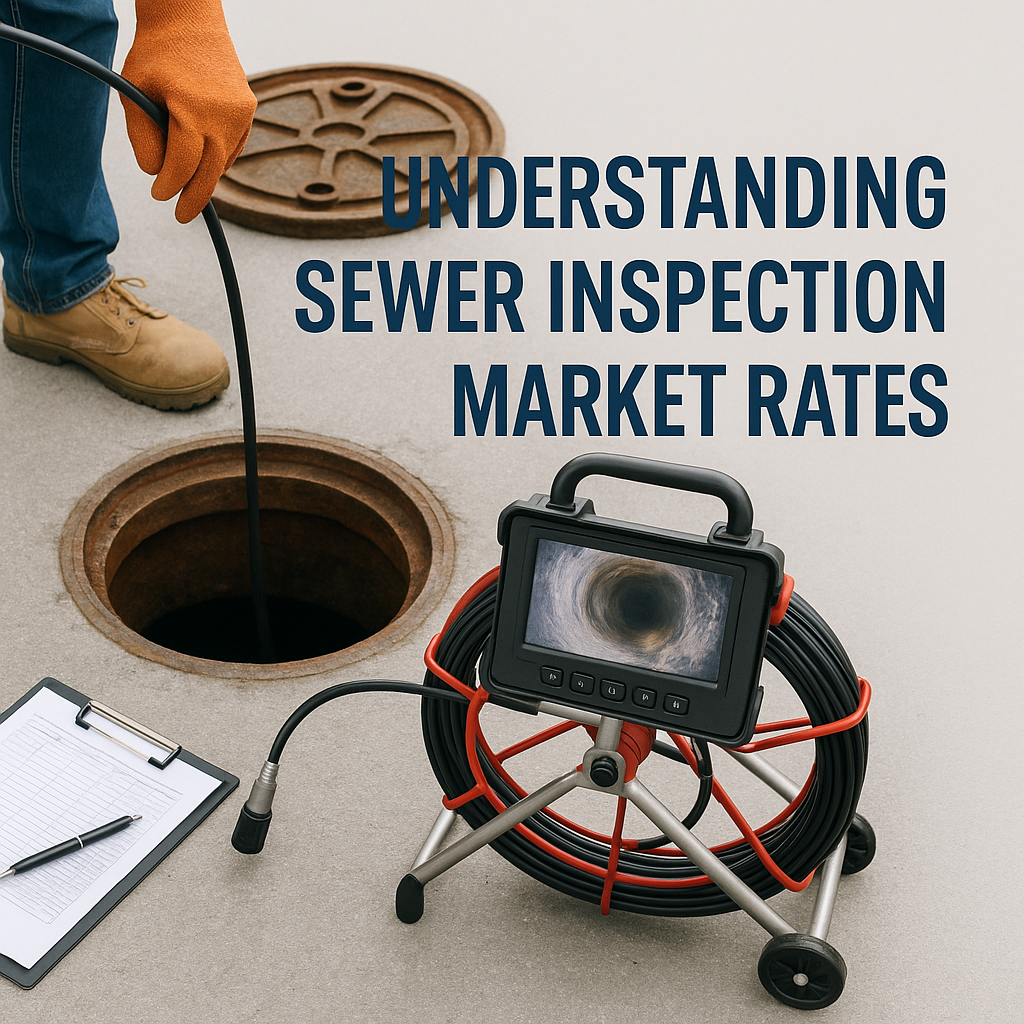Understanding Sewer Inspection Market Rates
Explore current sewer inspection market rates with trends, tips, and pricing factors for professionals in the industry.

Understanding Sewer Inspection Market Rates
Introduction
The sewer inspection industry has evolved significantly over the past decade, driven by technological advancements and increasing demand for efficient infrastructure maintenance. Understanding market rates in this sector is crucial for both service providers and clients to ensure fair pricing and quality service delivery.
Factors Influencing Sewer Inspection Rates
1. Technology Used
- CCTV Inspection: Utilizes closed-circuit television cameras to provide a real-time view of the sewer lines. This technology is prevalent and offers detailed insights but can be more expensive due to equipment costs.
- Robotics: Advanced robotic systems can navigate complex sewer structures, providing high-definition imagery and data. The cost for these services tends to be higher due to the sophistication of the technology.
- Drones: In some cases, drones are used for initial assessments, providing a cost-effective alternative.
2. Location and Accessibility
- Urban vs. Rural: Urban areas may have higher rates due to increased demand and complex sewer networks.
- Accessibility: Difficult-to-access locations may require special equipment or additional manpower, influencing the cost.
3. Pipe Diameter and Length
- Larger diameters and longer pipe sections increase inspection time and resource requirements, thereby affecting pricing.
4. Inspection Frequency
- Regular inspections contract vs. one-time inspections: Offering a contract for regular inspections can often lead to discounted rates.
Current Market Trends
Increase in Preventive Maintenance
There is a growing trend towards preventive maintenance, with many municipalities and private entities opting for regular sewer inspections to prevent costly repairs. This trend is influencing market rates by increasing demand for inspection services.
Advancements in Technology
The integration of AI and IoT in sewer inspections is making data collection more efficient, allowing for predictive maintenance and better decision-making.
Pricing Models
Flat Rate
- Common for standard inspections of small to medium-sized properties.
Hourly Rate
- Typically used for larger, more complex projects requiring extensive manpower and equipment.
Per Foot Rate
- Charges are based on the length of the sewer line inspected, providing a scalable pricing model.
Practical Tips for Service Providers
- Invest in Training: Ensure that your team is trained in the latest technologies to offer high-quality service.
- Transparent Pricing: Provide detailed quotes that include all potential costs.
- Offer Value-Added Services: Consider offering bundled services like cleaning or repair discounts.
Conclusion
Staying informed about market rates and trends in sewer inspection can significantly enhance your business strategy and customer satisfaction. By understanding the factors influencing prices and keeping abreast of technological advancements, you can position your services competitively in the market.
FAQs
What is the average cost of a sewer inspection?
The cost can vary widely based on location, technology, and complexity but generally ranges from $100 to $1,000.
How often should sewer inspections be conducted?
Regular inspections are recommended every 1-3 years, depending on the age and condition of the sewer system.